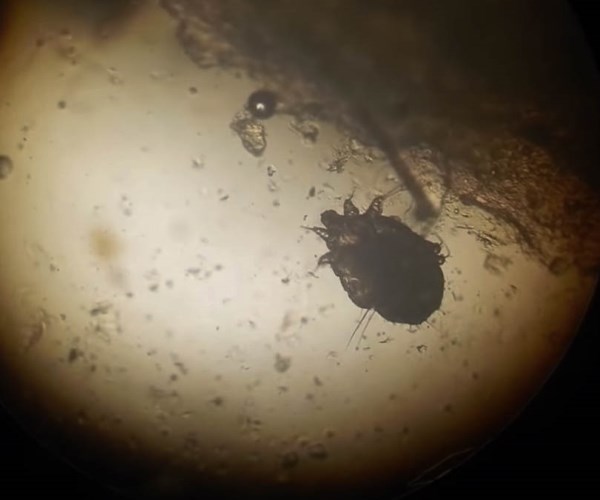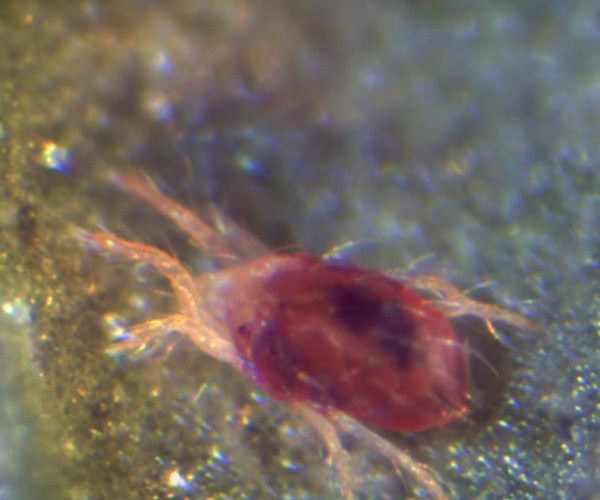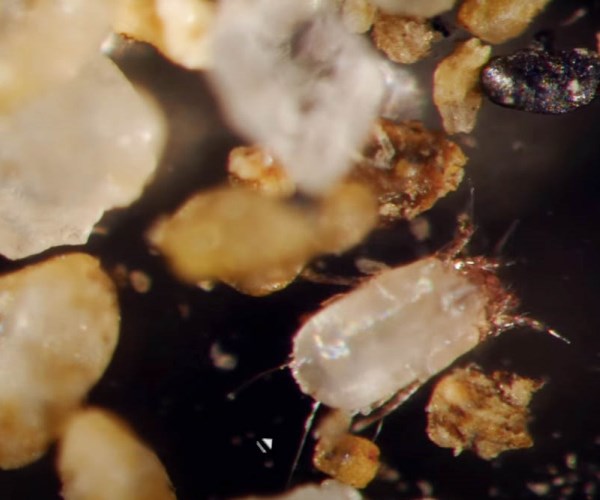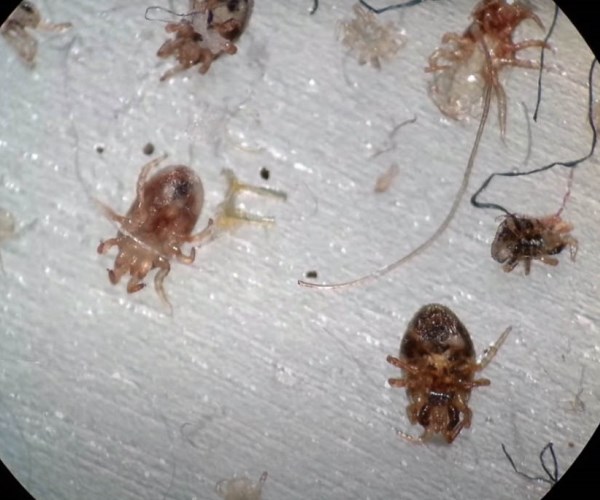About Spider Mites
About Spider Mites
Spider mites are some of the most common mites out there. In fact, they’re actually a large family consisting of over a thousand unique species.
While that may seem like a lot, it’s actually less than five percent of the mite species out there. Yet they’re still worth learning about, as you’re likely to stumble upon these mites in your own backyard.
Appearance
Because there are so many spider mites out there, it’s hard to go into specifics about their appearance as this will vary between different species. That said, there are still a few common physical traits that we can describe. Perhaps the most obvious of these is the mite’s size. Spider mites, like most other mite species, are very small. Adults of this family rarely exceed a millimeter in size. That means they’re under a twentieth of an inch in size.
Spider mites come in a variety of colors, and some notable species are a bright red or brown color. These small pests have oval-shaped bodies, and you can see eight legs protruding from their bodies, much like the spiders they’re so closely related to.
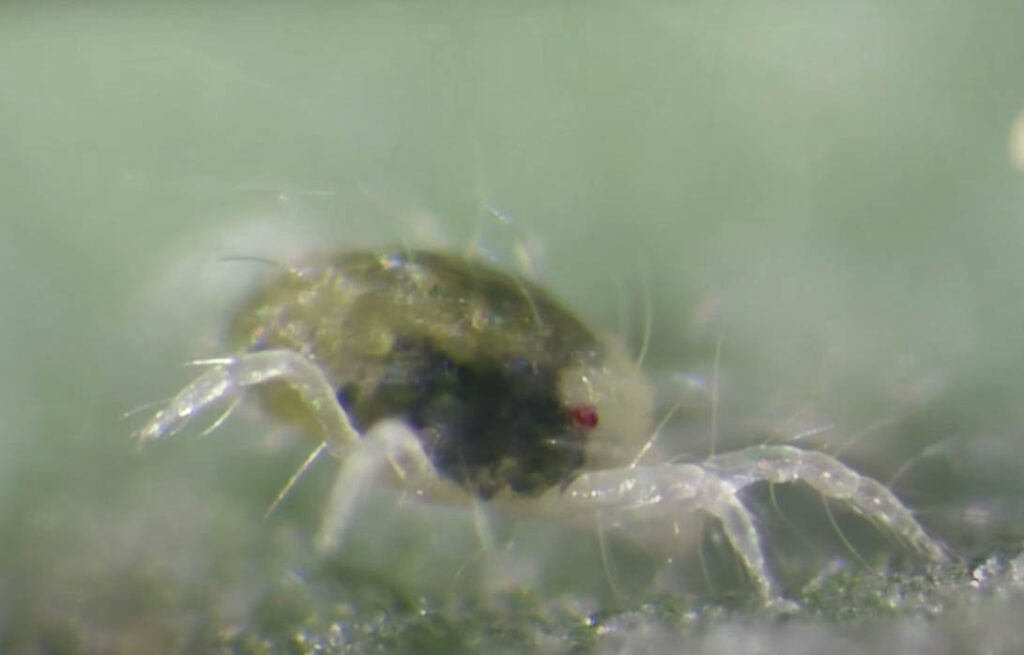
Behavior
You might think that these mites get their name from their close relationship with spiders, but that’s not really the case. All mites are related to spiders, and most of them have eight legs as adults, so the spider mite isn’t unique in that sense.
The reason these mites are called spider mites is that they spin webs near where they live, though these tend to be much smaller than spider webs.
These mites don’t trap insects either, so their webs serve a completely different role. Instead, the webs are made to protect a colony from predators, as it can hide the mites or be a protective barrier from the outside world. But if spider mites don’t eat insects, what do they eat?
It turns out that spider mites exclusively prey on plants. These tiny critters will crawl to the underside of leaves, where they puncture the plant’s cells and feed on the plant’s sap.
This can be great news, as it means that these mites won’t hurt or bite you. Yet if you’re a gardener or love to grow plants in general, they can be a serious nightmare as they’re known to slowly kill plants.
Life Cycle
Like other mites, spider mites go through four main stages. These are the egg stage, larval stage, nymphal stage, and the adult stage.
Because there are so many different species out there, it’s hard to describe one life cycle that matches them all. Yet some of these species have pretty unique life cycles, like the two-spotted spider mite.
These spider mites are unique because of their quick lives. They’re able to hatch from their eggs in just over three days. And it only takes them another five days to mature into adults. Naturally, this also means they have very short lives, with most of them surviving for only a month.
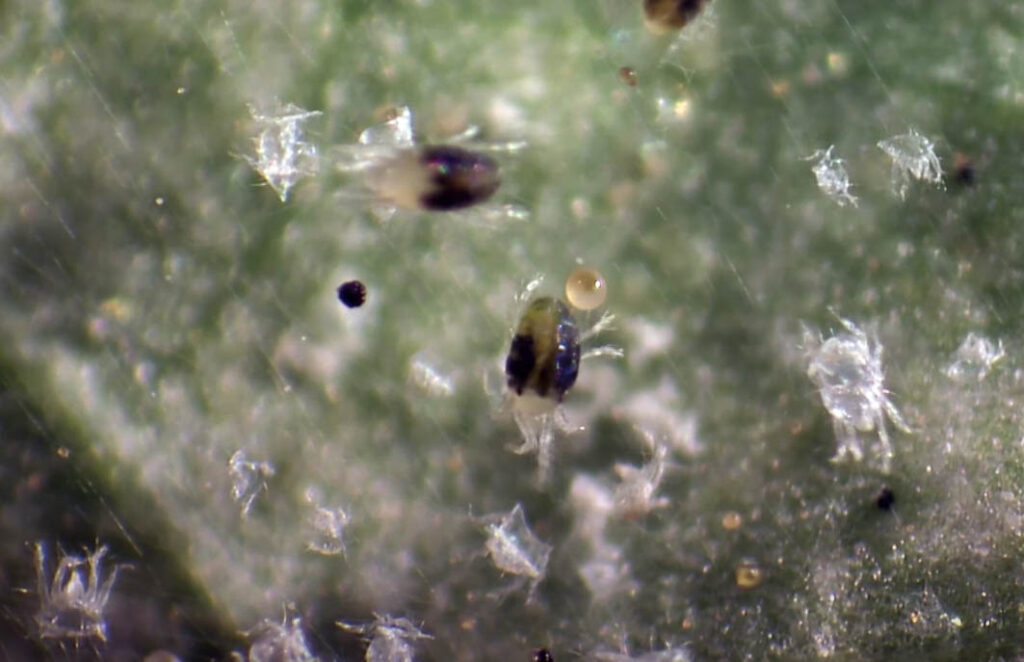
Spider mites do have one reproductive trait that’s common to all the species in the family. This allows female mites to have children without the need for a male partner.
Spider mites are able to do this because the females are diploid while males are haploid. This means that female spider mites have two copies of genes while the males only have one. As a result of this, females are able to have male children without having to mate. Yet they can only have female offspring if they mate with another mite.
Habitat
Spider mites can be found throughout North America, where they feed on a few hundred different species of plants. These mites tend to live in areas with high temperatures and low humidity, but they can live in more humid regions as well.


